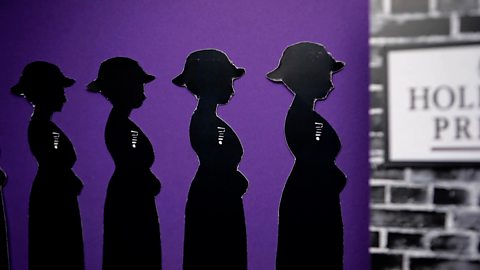The suffragette movement
Only just over a hundred years ago, men and women were not considered to be equal. This angered some women so much that they took matters into their own hands.
By the start of the 20th century there were two main elements in the campaign for votes for women, the suffragists and the suffragettes. The dividing line between these two strands was about tactics.
On the one hand, the suffragists wanted to act within the law and follow the route of political persuasion to win support for their cause. It was felt that any actions that broke the law would allow their opponents to portray them as irresponsible and provide further excuses to deny women the vote.
On the other hand, there were those who were frustrated by the lack of progress and non-confrontational approach of the suffragists. Some felt that it was time to pursue a course of civil disobedience and direct action, even if that meant breaking the law. They felt that if they caused enough problems for the authorities, then the government would be forced to address the issue.
The Suffragists
The suffragists were led by Millicent Fawcett, head of the National Union for Womenâs Suffrage Societies (NUWSS). It was founded in 1897 but merged with other organisations that dated back to the 1860s. Its aim was to win womenâs suffrage through considered debate and campaigning, such as petitions and non-violent marches.
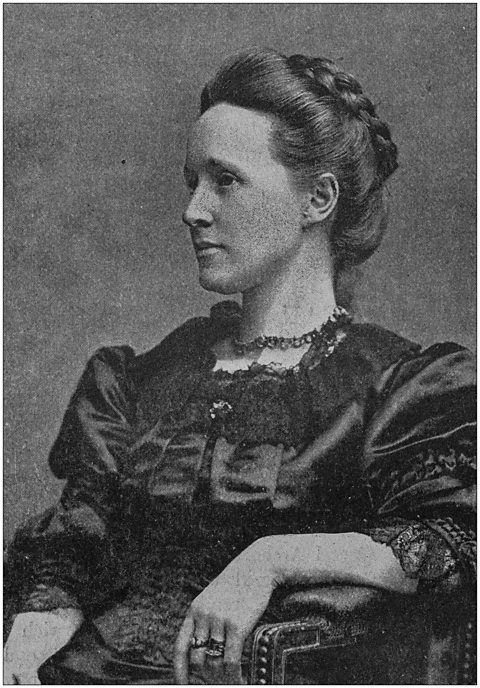
The Suffragettes and the Pankhurst family
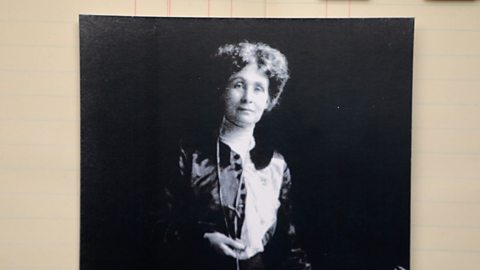
In 1903, the Womenâs Social and Political Union (WSPU) was formed when Emmeline Pankhurst and her daughters became disappointed with the lack of progress by the NUWSS. It decided upon an approach that was more direct and confrontational, which we refer to as militancy. These campaigners were labelled âsuffragettesâ by the press. It was meant as an insult but the name stuck and was used by the members of the WSPU themselves.
The Pankhurst family, originally from Manchester, led this new struggle of militant suffragettes. Emmeline Pankhurst and her daughter Christabel Pankhurst were at the forefront of the WSPUâS campaigns and were arrested many times.
The militant tactics employed by the suffragettes shocked society. A large number of the suffragettes were middle-class women from respectable and well connected families. In the very traditional atmosphere of the early twentieth century such behaviour was considered scandalous. However, there was also a lot of support, as seen by the 1908 demonstration in London that was attended by over 300,000 activists, the largest in British history.

Direct action

The use of direct action in order to achieve progressive change has always been debated throughout history. Many argue against direct action because of the violence it creates and think that persuading others is a better means of achieving oneâs aims.
However, those who have adopted direct action tactics, such as the WSPU, did so because decades of petitions and appeals to authority had achieved very little progress. âDeeds not wordsâ was the WSPUâs slogan and the momentum of the movement made the participants feel that they were finally getting the governmentâs attention, as they were now the focus of the political world. As Emmeline Pankhurst suggested at one of her trials, âWe are here, not because we are law-breakers; we are here in our efforts to become law-makers.â It also appealed to younger women as it seemed more dynamic than the steady approach of the suffragists.
The government may have listened and acknowledged the suffragistsâ petitions, but it had not made changes to their legal position in society. For some in the womenâs movement, direct action was seen as the only alternative to bring about change.
Militant tactics
Whether you agree with direct action or not, the suffragetteâs militant tactics had a great impact on the government and society. Some of the tactics used by the WSPU were:
- smashing windows on private property and governmental buildings
- disrupting the postal service
- burning public buildings
- attacking Church of England buildings
- holding illegal demonstrations
- burning politicians unoccupied homes
- disrupting the 1911 census
- ruining golf courses and male-only clubs
- chaining themselves to buildings
- disrupting political meetings
- planting bombs
- handcuffing themselves to railings
- going on hunger strikes
Many historians still argue whether or not the militant campaigns helped to further the womenâs suffrage movement or whether it harmed it.
As they disagreed with direct action, the suffragists would not cooperate with the WSPU. Instead, suffragists chose to distance themselves publicly from the strategy of the suffragettes. As one NUWSS pamphlet said, âsome people think that womenâs suffrage means breaking windows and spoiling other peopleâs property. This is a great mistake. Only a small number of women do these violent actions.â

Black Friday
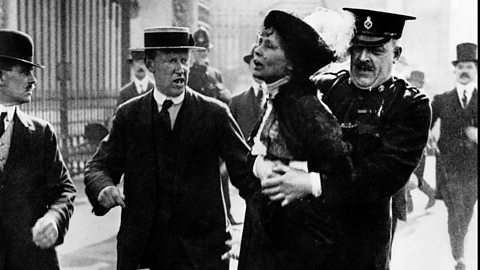
In the 1908 election campaign, Herbert Henry Asquith of the Liberal Party promised to include womenâs rights in a new law he intended to pass if elected Prime Minister. The suffragettes supported his campaign as a result and he won the election. However, during his time as Prime Minister from 1908 to 1916, he went back on his promise and refused to reform voting law.
The WSPU organised a march in response to Asquithâs refusal to consider giving women the vote. Policemen and male bystanders met the women with violence. Hundreds were badly hurt, and the police violence resulted in some deaths. This day became later known as Black Friday.
Writing in a newspaper two years later, Emmeline Pankhurst reflected on the events of Black Friday and the impact it had on future campaigns - âPublic conscience must be aroused, and it can only be done by attacks on public property. When womenâs bodies were battered on Black Friday that was alright but when a few windowpanes are broken, that is all wrong.â

More on Suffragettes
Find out more by working through a topic
- count3 of 3
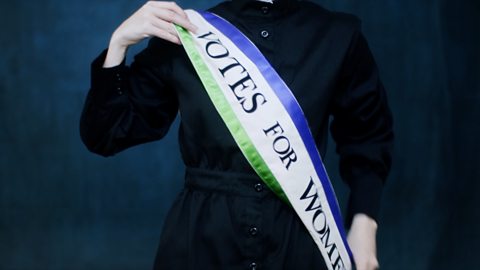
- count1 of 3
